Applying solar-powered ventilation for roof longevity and efficiency
May 3, 2025 at 9:00 a.m.By Jesse Sanchez.
The right ventilation strategy can dramatically extend the life of your roof — and reduce energy bills.
Ventilation may not be the flashiest topic in roofing, but according to Adam Keithly, operations manager at Attic Breeze, it’s one of the most critical — and often misunderstood. In this episode of Roofing Road Trips®, hosted by Karen Edwards, Adam breaks down why attic ventilation matters and how solar-powered solutions are reshaping best practices in the field.
Adam quickly makes the case for why contractors and homeowners alike should care. “You’re getting that air circulation, so you don’t have that stagnant air in your attic or underneath your roof space,” he says. And when moisture builds up? “You can have your roof deck buckle under the extreme heat where it’s not breathing or rot if it has moisture in it.”
That moisture, he explains, isn’t just coming from leaks or rain. “Just living in the home and pressure differentials… that also creates opportunities for moisture to generate as you get that condensation,” he shares. Everyday activities like cooking, showering and even breathing contribute to attic moisture — making effective ventilation a necessity in every climate.
Adam notes that solar-powered attic ventilation isn’t about replacing passive systems — it’s about enhancing them. “Active ventilation actually works really well when you have a really solid passive ventilation setup to start with,” he says. His point: you can't pull air out unless you're letting air in. Proper airflow depends on a combination of soffits, ridge vents and powered vents working in sync.
For homes in hotter regions, where HVAC systems are often located in the attic, Adam says poor ventilation creates a major energy burden. “You can imagine here in the summer it’s 100 degrees outside, but maybe your attic is fighting temperatures of 130 or 140 or even 160 degrees Fahrenheit,” he explains.
The goal? Bring attic temperatures down to match the ambient outdoor air using solar-powered fans that run without tapping into household electricity. He shares, “If you get a properly ventilated attic with some active ventilation in combination with your passive, you can actually bring that attic temperature down to match your ambient temperature.”
For contractors and homeowners looking to improve attic performance and energy efficiency — especially in regions facing extreme heat or humidity — this conversation offers practical insights you won’t want to miss.
Read the transcript or Listen to the podcast to learn more about how ventilation design, solar power and smart installation practices are converging to solve one of roofing’s most overlooked problems!
Manufactured in the USA using only the highest quality domestic and foreign parts.
Learn more about Attic Breeze in their Coffee Shop Directory or visit atticbreeze.com.
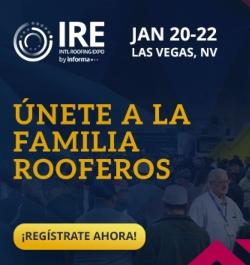







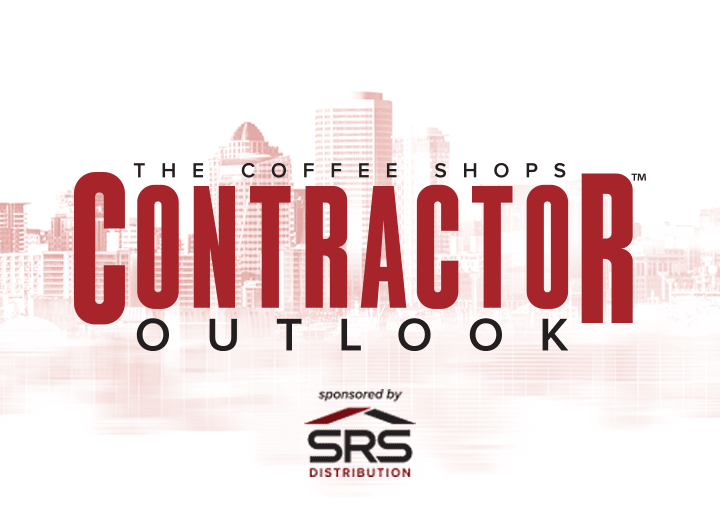




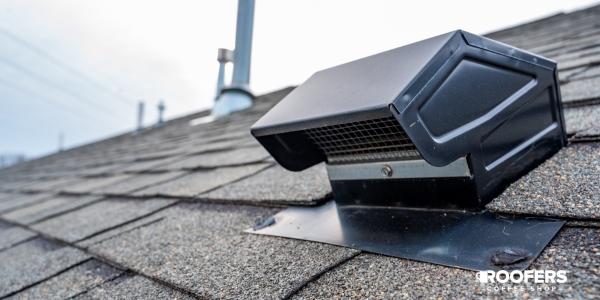






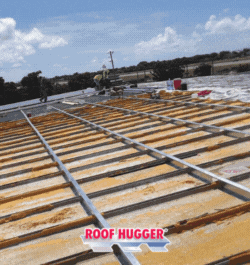
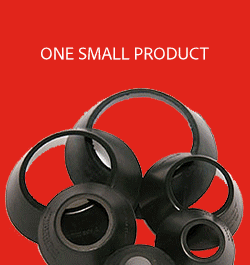

Comments
Leave a Reply
Have an account? Login to leave a comment!
Sign In